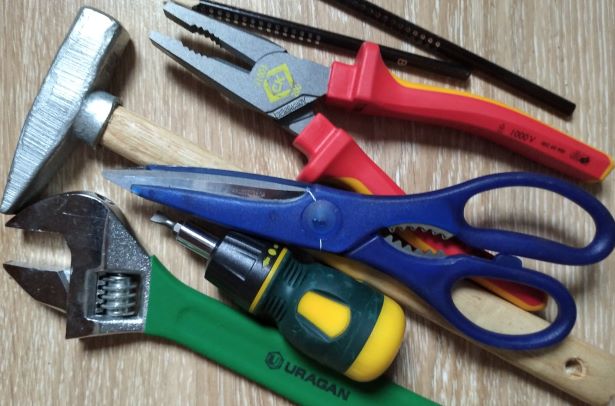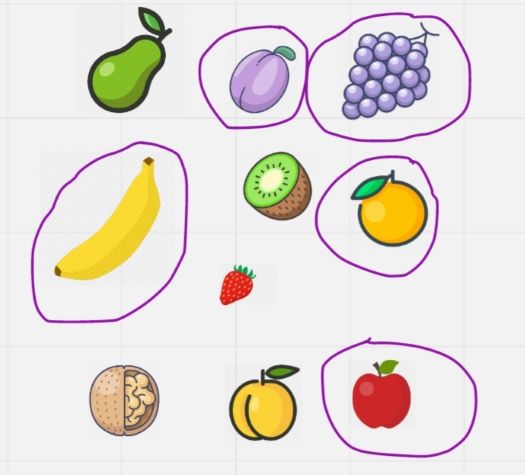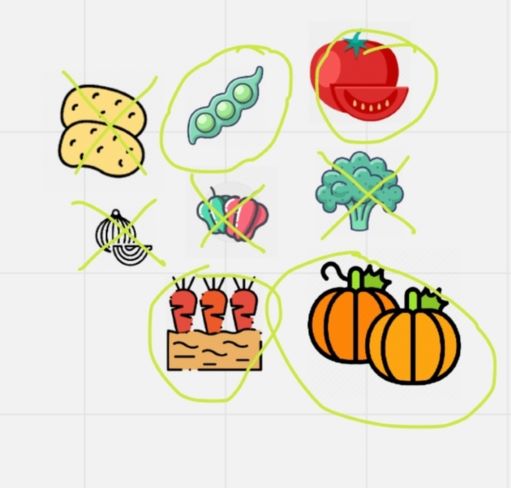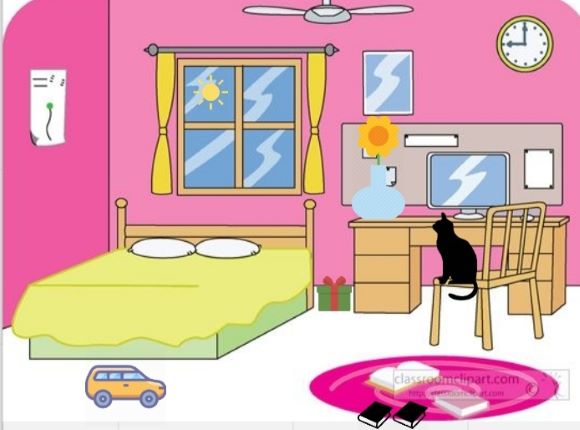
DIY is the answer, in most cases. Especially in the VYL world.
All those missing, lost or non-existent flashcards, magic wands, puppets, handouts, balls, hats, masks, storybooks that we just nevermind-gonna-make-my-own-then (it really should be a verb).
DIY was the answer, an obvious answer and, yet, an answer that, on this particular occasion, took quite ages to land on the table and to become obvious.
The equation? A group of very young learners, studying online, helpful parents (but no printers at home so no customized handouts), a coursebook (but with tasks that I could make work only in the classroom), no ready-made material (and two steps away from regretting the decision to use the book altogether).
The first fifteen minutes went by peacefully, filled with sighing and staring blankly at the page in the coursebook. The next fifteen minutes were similar, only the sighs became more desperate and angrier.
Not happy at all. Until…Nevermind, gonna make my own then.
This time: Listening homework tasks! It’s been only a month but I am absolutely loving it!
How to?
- Minimal requirements, your phone recording app will do.
- Usually two takes are enough to record (although, suspiciously enough, as soon as I start, there is always a police car or a fire engine whee-yoo-ing just outside my window)
- After a first few exercises, I started to type up ‘the script’ and it made everything much smoother.
Why?
- An opportunity to take English out of the classroom and a recording that the kids can listen to as many times as they want to
- Extended exposure to English, especially in the area of the functional language that the teacher can create, shape and enlarge as the course progresses
- A great support for the parents, to help them work at home with the child and to structure it properly
- Any picture, any illustration or any photograph in the coursebook (or online) can be used as the basis for it.
- Widens the range of homework activities (see the ideas below)
- Amazingly, it is also a great tool to practise scaffolding for teachers because you have to dissect an activity and verbalize all the procedures in simple English and only then you start think of all the micro-stages and you can hear what your students might hear.
Some of the activities we have done so far
- Identifying pictures (pre-primary): It is a simple riddles game, based on an illustration with the key vocabulary. Most coursebooks for pre-primary include a page which introduces all the new words. In the example that I am sharing with you, I also managed to incorporate a verse from song ‘Are you hungry?’ by Super Simple Songs.
- https://www.youtube.com/watch?v=onlENphATDQ

- Dictation (pre-primary) It is better to use a black and white picture, perhaps from the workbook
- Any illustration can be used for this kind of an activity. A chapter usually starts with an illustration of all the key woIt’s a teddy. Brown (children circle the bear brown)
- Identifying differences (primary). Additional listening and speaking practice in the format inspired by the YLE. You can use set of pictures from Movers or Flyers, a set of illustrations for Movers or Flyers story or your own set prepared using the miro board (my example uses a picture from classroomclipart.com and the miro icons). Students listen and describe how their picture is different. The same activity can be prepared using only one picture. In that case, the students are listen to the sentences about the picture and correct the mistakes, for example: In my picture, the white cat is sitting on the chair.https://www.youtube.com/watch?v=wTBhq4TkE_M
- Find a mistake (primary). The audio is a follow-up to the story / text done in class, record a summary of the story with some mistakes (and with pauses between sentences). Children listen and correct the mistakes. This is also an opportunity to expose them to a lot of past tense.The following task was prepared to follow-up a cartoon lesson from Superminds 1 by Cambridge University Press. https://www.youtube.com/watch?v=DbwiidV_i7Y
- Ask your mum! (pre-primary) Here, the audio is only used to set up a conversation between the child and the mum. A set of pictures (for example a picture dictionary at the back of the book) can be used as the worksheet for the kids to mark the answers they get from the parents, for example: ask ‘Mummy, do you like carrot?’ (and circle / cross the fruit that mum likes and doesn’t like, these symbols have been used in class before, the kids are familiar with them). https://www.youtube.com/watch?v=onlENphATDQ

Happy teaching!


2 thoughts on “DIY Rulez! Listening homework tasks.”